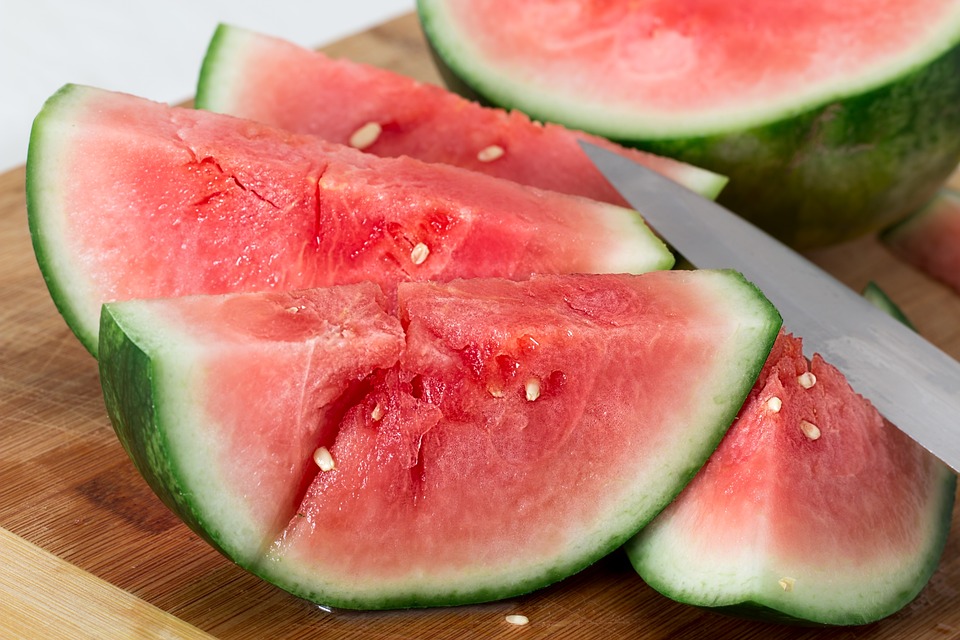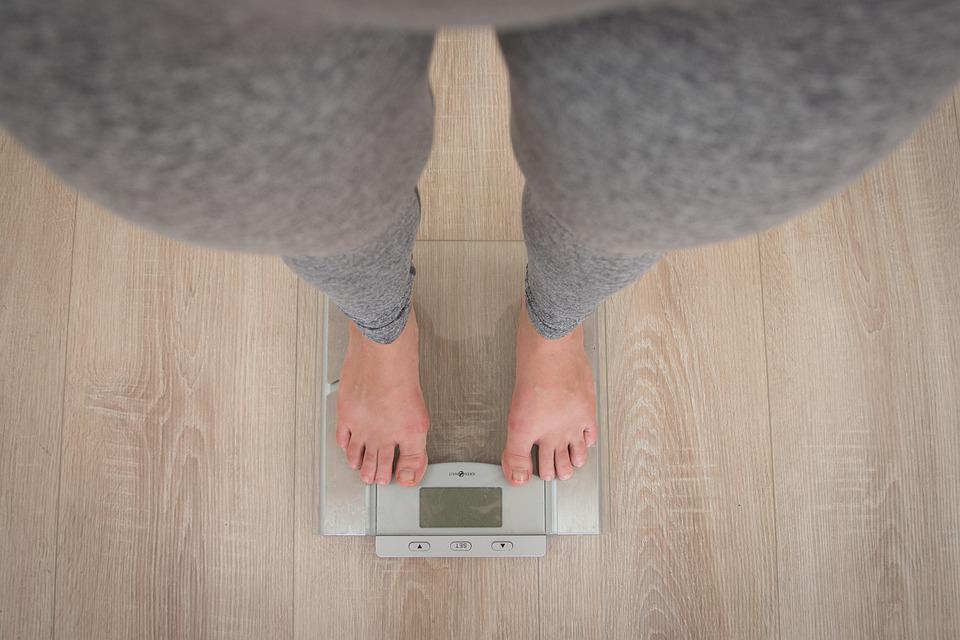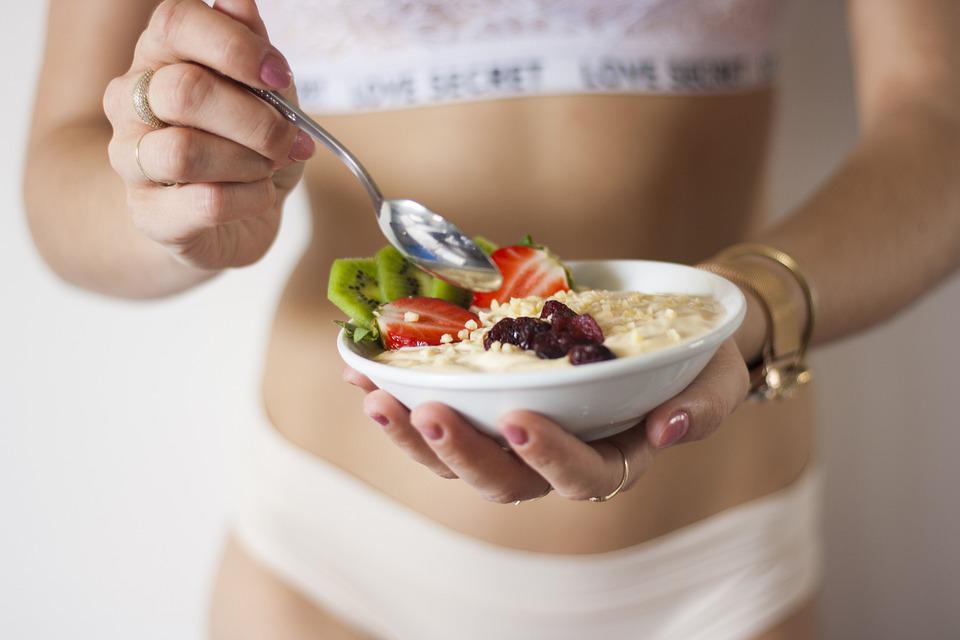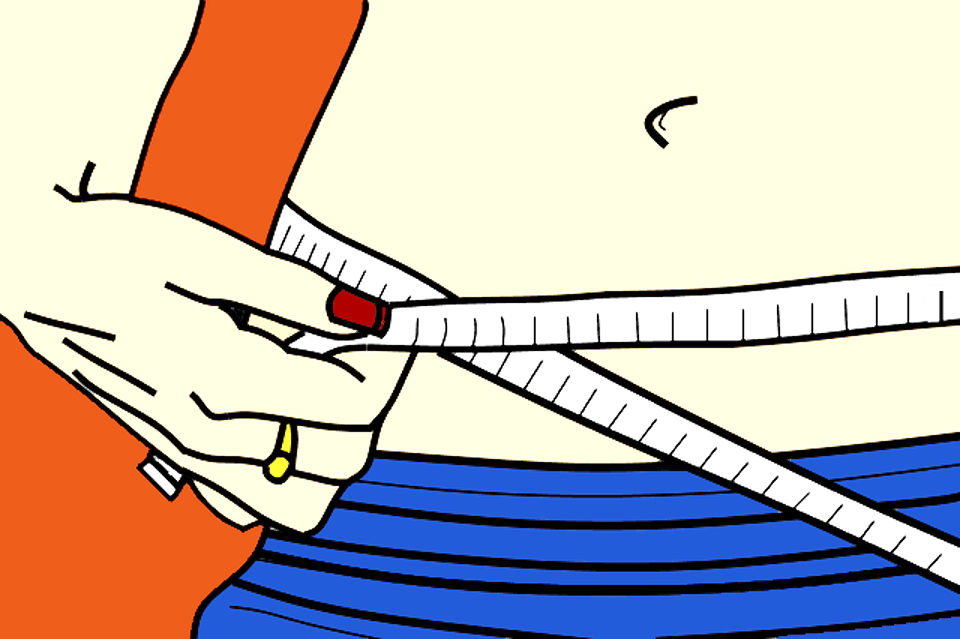
What are zero-calorie foods?
Despite what the name implies, these foods are not calorie-free. If food has zero calories, how can it have any food energy in it?
Health experts say that these foods, which are also called negative or near-zero calorie foods, use more energy to digest than they give to your body.
Are zero-calorie foods myths or facts?
It depends on how you look at it. The food energy that all foods provide varies. A pan-crust pizza slice has about 280 calories while a 40-gram stalk of celery has around 5.6 calories.
Celery doesn’t have many calories, so your body uses up more energy digesting it than it would from a slice of pizza.
Given this, celery could be an example of a zero-calorie food.
It’s popular to think that certain foods can influence how we feel or behave. But there’s no scientific proof that this is true.
List of the best zero-calorie foods and how you can consume them
This list will outline which fruits and vegetables can be considered as negative or near-zero calorie foods, how much energy they have, their health benefits, and how you can consume them in your day-to-day life.
1. Apples
Apples are frequently found on lists of zero-calorie foods. This fruit has about 65 calories in one cup.
Apples are a good choice for weight loss because they have a low-calorie count and are high in fiber and water.
A 2008 study that lasted 10 weeks and had 50 overweight women as participants found that the women who ate apples consumed fewer calories than the women who ate oat cookies. Eating avocados can help improve your heart health by reducing your blood cholesterol levels.
Blueberries are said to have many health benefits. These benefits include reducing your risk of type 2 diabetes, having probiotics that promote gut health, potentially preventing cancer, promoting bone health, and helping fight against asthma.
You can eat apples as a snack or cut them up and add them to a salad for some extra sweetness, crunch, or tartness.
2. Kale
One cup of kale has 8.75 calories. Kale is a popular vegetable often eaten in salads.
This dark leafy green is rich in antioxidants, which help to counter the negative effects of oxidative damage by free radicals in the body.
Kale is high in nutrients and vitamins that have many benefits, such as boosting your immunity with vitamin C, and preventing heart disease and osteoporosis with vitamin K.
A balanced diet that includes magnesium, calcium, and potassium can help protect against type 2 diabetes, bone loss, and heart disease.
3. Celery
Celery juice is all the rage these days, with everyone claiming that it’s good for your health. Juicing is not often recommended, despite its claimed benefits.
Eating vegetables whole, rather than in processed form, results in consuming fewer calories and a greater intake of vitamins and minerals.
This vegetable is rich in antioxidants, which help to protect your cells, blood vessels, and organs from oxidative damage.
It has compounds that help with inflammation, which has been linked to many chronic illnesses. It also supports digestion and is low in sodium, which can help control blood sugar levels.
Celery is often eaten as part of a salad, added to other dishes, or as a snack with nut butter or hummus.
4. Berries
Berries are low-calorie foods that can be eaten as snacks or added to sweeter foods like oatmeal or salads.
- Blueberries. Half a cup has about 40 calories and is full of antioxidants which may boost your immune system and help protect you from illnesses such as cancer, heart disease, and dementia.
- Blackberries. 100 g of them have about 43 calories and are full of polyphenols, which help reduce inflammation and help prevent heart disease, cancer, and type II diabetes.
- Strawberries. A cup has 48 calories and is full of vitamin C, folic acid, fiber, and antioxidants. Strawberries may help lower high blood pressure and cholesterol, help you manage blood sugar, and fight the effects of aging on your brain.
- Cranberries. 1 cup of these has about 46 calories and they are popularly used for preventing urinary tract infections.
5. Arugula
Arugula is a dark, leafy green with a peppery flavor.
Vitamin K is commonly found in salads and is rich in nutrients like folate, calcium, and potassium.
A half-cup of arugula contains ten grams and only three calories.
6. Grapefruit
This citrus fruit is low in calories, containing only 42 calories for every 100g. It is also rich in minerals and vitamins.
Fruits with a low glycemic index are safe for people with diabetes because they will not raise blood sugar levels.
The vitamins and minerals in watermelons help keep your heart healthy by preventing high blood pressure. The antioxidants present in them help reduce your cancer risk.
Grapefruits are contacted full of water and fiber which help to promote regular bowel movements and prevent constipation.
7. Broccoli
There are few vegetables as nutritious as broccoli. The vegetable broccoli is part of the cruciferous family and has been shown to help fight cancer.
One cup of broccoli has 31 calories and over 100% of the amount of vitamin C most people need per day.
8. Cabbage
Cabbage is a vegetable with green or purple leaves. It’s a common ingredient in slaws and salads.
Fermented cabbage is known as sauerkraut.
For every cup (89 grams) of this food, there are only 22 calories.
9. Carrots
Carrots are very popular vegetables. Pumpkins come in many colors, though they are most commonly thin and orange. Other colors they come in include red, yellow, purple, and white.
Many people believe that eating carrots can improve eyesight because they are a good source of beta-carotene, which can be converted to vitamin A. Getting enough vitamin A is necessary for proper vision.
One cup of carrots contains 53 calories and is rich in vitamin A, providing over 400% of the daily value.
10. Cauliflower
Cauliflower typically has a white head with green leaves. Less common varieties have purple, orange, and yellow heads.
Cauliflower has been gaining popularity in recent years as a healthier alternative to higher-carb vegetables or grains.
One cup of cauliflower has 25 calories and only 5 grams of carbs.
11. Asparagus
Asparagus is a vegetable that comes in green, white, and purple varieties. It has small, edible flowers that bloom in the spring.
Purple asparagus contains anthocyanins, which may help prevent heart disease.
A single serving of asparagus contains a mere 27 calories but is packed with nutrients like vitamin K and folate. It provides 70% and 17% of the recommended daily values for those nutrients, respectively.
12. Chard
There are many different kinds of chard, all of which have leafy greens. This food is very rich in vitamin K, a substance that helps ensure proper blood clotting.
Chard contains high levels of vitamin K, with one cup providing 374% of the DV.
13. Clementines
Clementines resemble mini oranges. oranges are a popular snack in the US and are known to be high in vitamin C.
One fruit provides 60% of the daily value for vitamin C and only has 35 calories.
14. Cucumbers
Cucumbers are a refreshing vegetable commonly found in salads. Fruits and herbs are not the only things that can be used to flavor water, but they are certainly among them.
Cucumbers are low in calories because they are mostly water. 1/2 cup (52 grams) of cucumbers has only 8 calories.
15. Fennel
The fennel vegetable has a bulbous shape and a very mild licorice flavor. Fennel seeds can be used to add a variety of flavors to dishes, including anise.
Fennel can be enjoyed raw, roasted, or braised. This means that fennel is a low-calorie food. There are approximately 27 calories in one cup (87 grams) of raw fennel, making it a low-calorie food.
16. Garlic
Garlic is a common ingredient in many dishes because of its strong flavor and smell.
Garlic has been used for centuries as a remedy for various illnesses. Some recent studies, however, have shown that garlic may not be as effective as previously thought. The research suggests that it may have a positive effect on blood pressure and may help fight infections or even cancer.
One clove of garlic has only 5 calories.
17. Beets
Beets are root vegetables that come in a deep-red or purple color. Beets are often researched for their potential to lower blood pressure.
18. Watermelon
Watermelon… the perfect summer snack. This is a low-calorie treat that you can enjoy without feeling guilty.
You shouldn’t eat an entire watermelon by yourself because it contains natural sugar, but it’s also packed with antioxidants.
Watermelon might be a good option for an afternoon snack or for when you’re craving something sweet after dinner. I like to dice up watermelon and freeze it during the summertime to replicate candy.
Calories per cup – 47 k/cal
19 . Oranges
Oranges are known for being rich in vitamin C, fiber, B vitamins, vitamin A, and calcium.
This is a great option if you’re looking for a quick snack to satisfy your cravings. Studies have shown that adding foods high in potassium to your diet can lower your risk of heart disease.
Although watermelons contain a lot of natural sugars, you shouldn’t consume too much of them. When you have a craving for something sweet, try to stick to only having one per day.
20. Lemons
Although you are unlikely to eat a lemon, lemon juice is very powerful.
Lemons are a great source of vitamin C. They support liver function and improve digestion. They’re also very high in antioxidants.
One of the best ways to consume lemons is to drink warm lemon water in the morning. Detoxifying your body first thing in the morning, before you have coffee or breakfast, is incredibly beneficial to your health.
Allow the water to cool slightly before adding lemon juice as hot water can denature the enzymes. Try adding 1/2 lemon juice to a warm cup of water, using a straw to keep the juice from coming into contact with your tooth enamel.
Calories per cup – 61 k/cal
21. Sugar Snap Peas
Thes small guys are rich in fiber, vitamin A, vitamin K, vitamin B, and many other minerals the body needs.
If you’re looking to make a healthy stir-fry, or are trying to find a new healthy snack, these are worth a try! You can cook them either in the oven or on the stove, whichever you prefer. Just remember to add a little salt to flavor them before serving!
I love adding sugar snap peas to my salads for a bit of sweetness and crunch.
Calories per cup – 41 k/cal
22. Tomatoes
Tomatoes are rich in vitamin C and other antioxidants, but their main asset is their high concentration of lycopene. Cancer and heart disease are fighting lycopene.
If you’re not a fan of tomatoes, give them a try by dicing them up small and adding them to your pico de gallo. Cooking kills some of the nutrients in the raw fruit.
Calories per cup – 32 k/cal
23. Onions
Onions make any dish more delicious and flavorful. Studies have found that consuming moderate amounts of alcohol can provide some health benefits. These benefits include improving heart health, supporting bone tissue, reducing inflammation and lowering your risk of certain types of cancer.
You can eat them raw in salads or cook them in different ways to help you lose weight.
Salads with raw red onions are my personal favorite, while I prefer to cook with white or yellow onions in omelets or soup.
Calories per cup – 46 k/cal
24. Zucchini
This can be a great side dish or a substitute for pasta if you are trying to go gluten-free.
They are a good source of magnesium, fiber, and folate. These vegetables also contain lutein and zeaxanthin, which are powerful phytonutrients that help protect against many forms of cancer.
Calories per cup – 21 k/cal
25. Teas or coffee
Many people believe that tea and coffee have no calories. This is not the case. Both tea and coffee have calories.
The average cup of coffee has about 2 calories. A cup of tea has about 3 calories.
Not only do tea and coffee taste great, but they also offer many health benefits.
Both tea and coffee contain antioxidants that can help to protect cells from damage and promote overall health.
In addition to boosting cognitive function and improving mood, tea and coffee have also been shown to be beneficial.
Calories per cup – 2-3 k/cal
26. Peppers
Peppers are a low-calorie food that is a good source of vitamins A and C. The antioxidants in flavonoids can help protect cells from damage.
The peppers also contain Capsaicin, which is a compound that has been shown to reduce inflammation and pain.
If you eat peppers regularly, it can help improve your immune system, and digestion, and reduce inflammation in your body.
Peppers are an excellent way to enhance the flavor of your food while avoiding excess calorie intake.
Calories per cup – 28 k/cal
27. Iceberg lettuce
Iceberg lettuce is known for its high water content. Mayonnaise is often used in salads or as a condiment on burgers or sandwiches.
Even though people generally think it’s not as nutritious as other lettuce, iceberg lettuce is rich in vitamin K, vitamin A, and folate.
One cup of iceberg lettuce has only 10 calories.
28. Jicama
Jicama is a tuber vegetable that resembles a white potato. This vegetable is most commonly eaten raw and has a texture that is similar to a crisp apple.
One cup (120 grams) of jicama has a little over half the daily value for vitamin C and only 46 calories.














